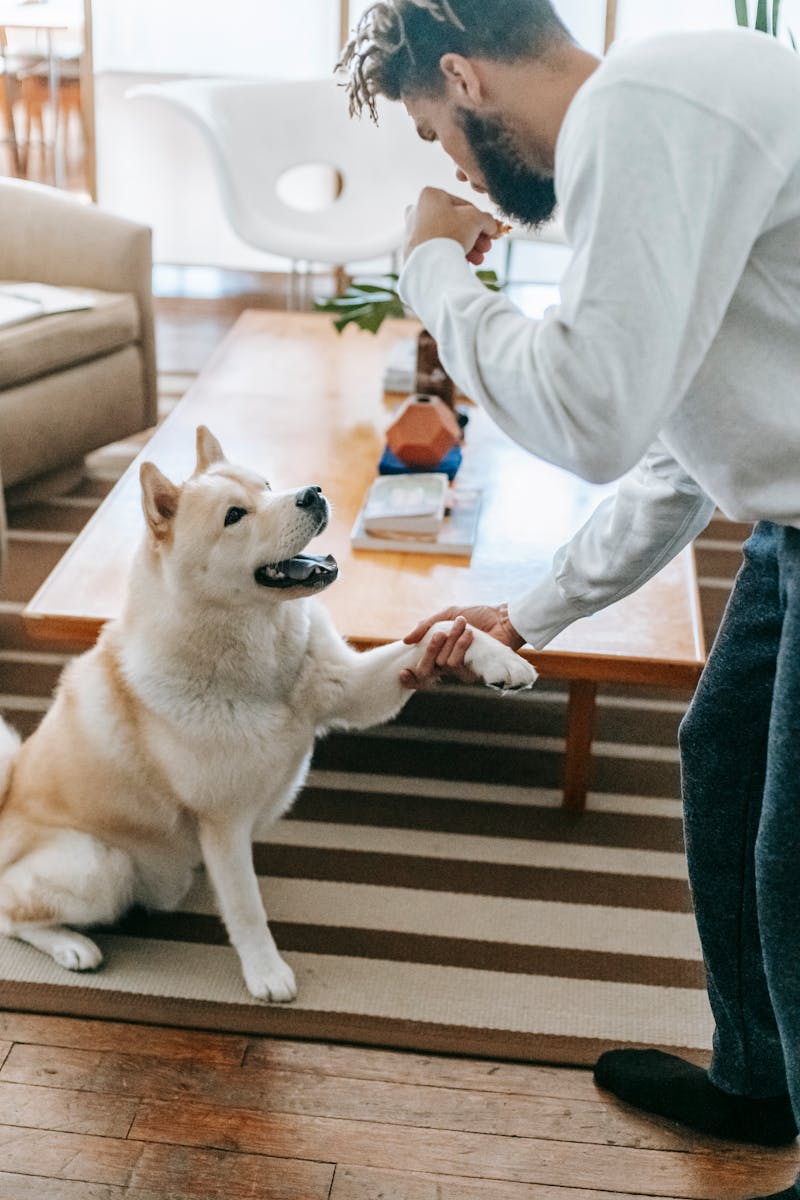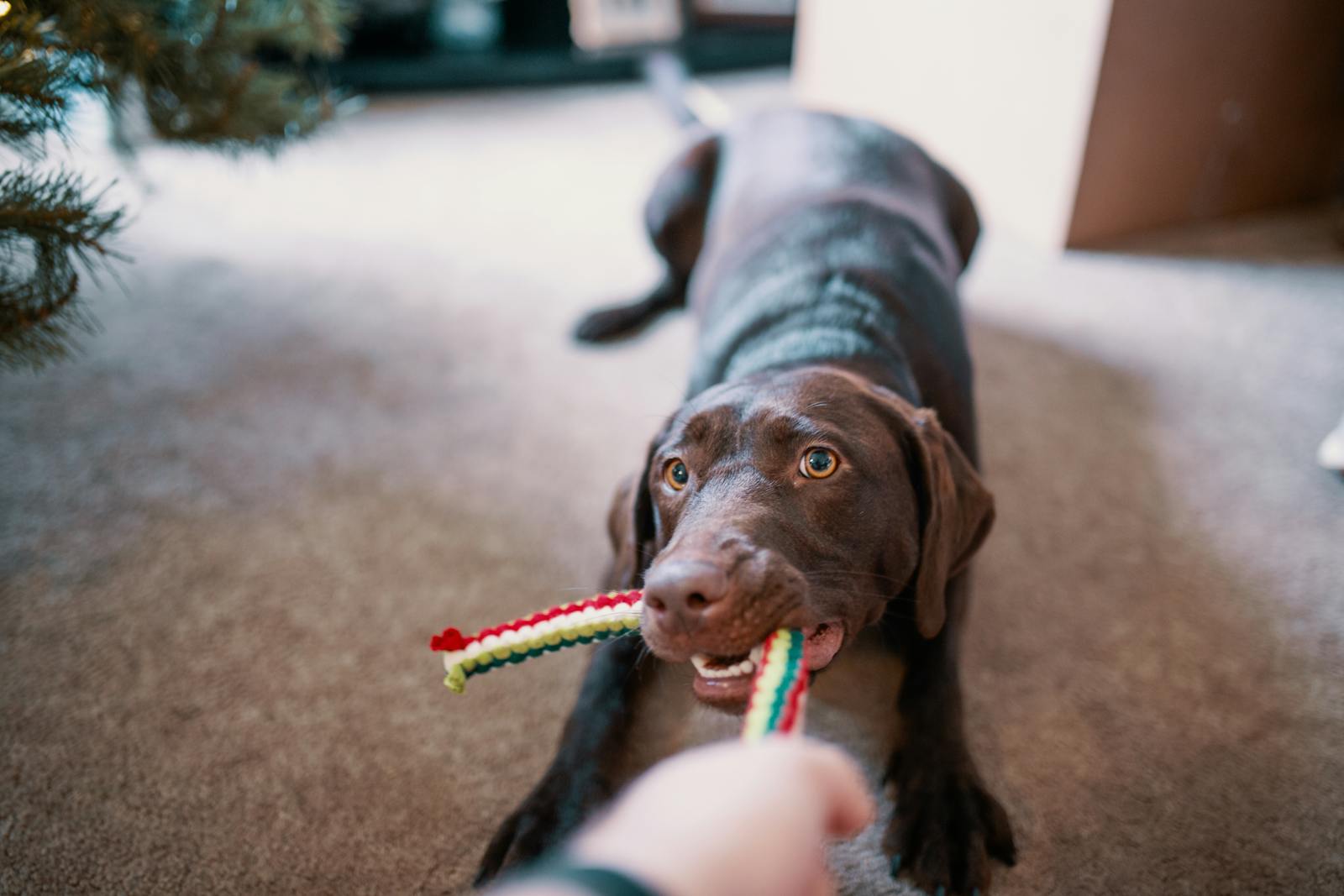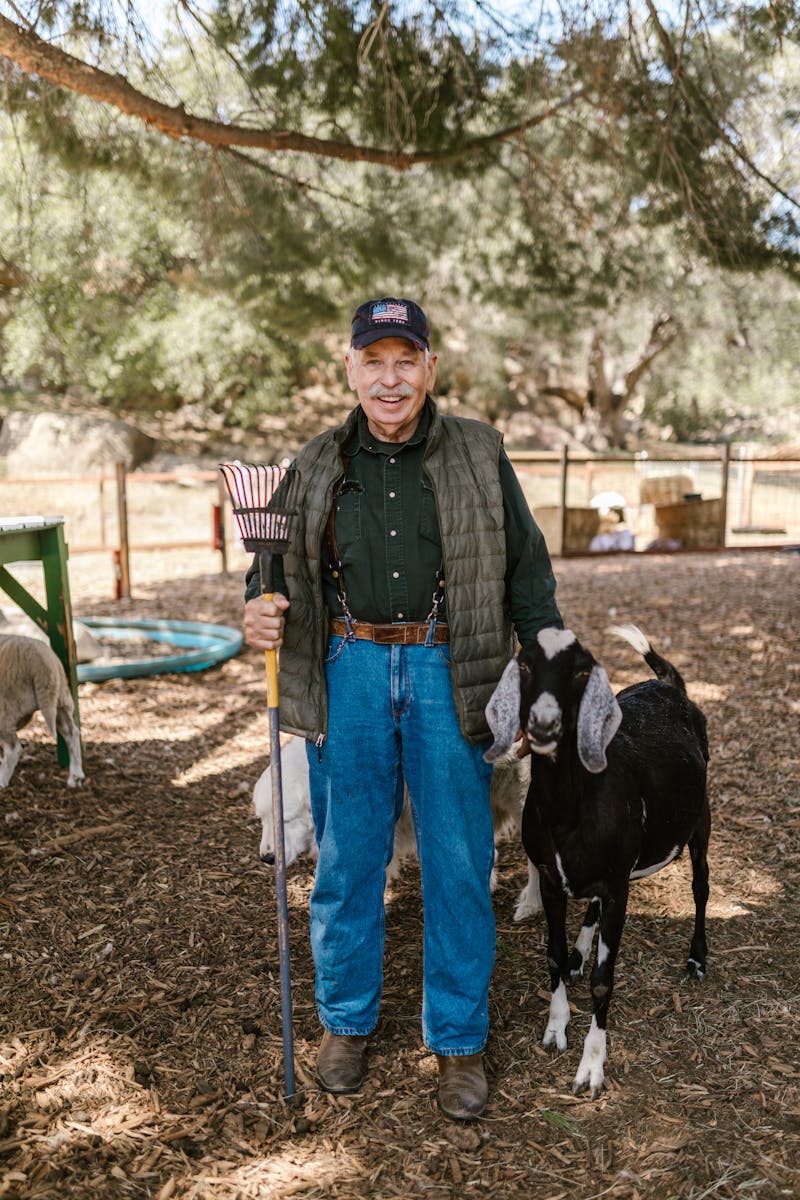Obedience Training Near Training for Real-Life Situations: Teaching Your Dog to Behave in Public
Effective Obedience Training for Real-Life Situations: Teach Your Dog to Behave in Public with Proven Techniques and Tips for Successful Obedience Training Every Dog Owner Should Know at FetchQuest.info
Obedience Training Near You: Training for Real-Life Situations – Teaching Your Dog to Behave in Public
A well-behaved dog is a joy to bring along in public—whether you’re strolling through the neighborhood, visiting the vet, or enjoying a pet-friendly café. But for many pet owners, the reality can be a little less picture-perfect. Pulling on the leash, barking at strangers, jumping on guests—these behaviors can make outings stressful.
The good news? With proper obedience training focused on real-life situations, you can teach your dog to remain calm, responsive, and well-mannered no matter the setting.
At FetchQuest.info, we believe every dog can become a great companion in public places. With the right guidance and consistent training, you’ll be amazed at what your dog can do.
Why Public Behavior Training Is Important
Obedience training in your living room is one thing—but training your dog to behave in public takes those skills to the next level. In unfamiliar environments, distractions are everywhere: loud noises, new scents, other animals, and people of all ages and energy levels.
Teaching your dog to stay focused and composed under these conditions helps:
-
Ensure your dog’s safety in unpredictable situations
-
Make outings more enjoyable for both of you
-
Prevent unwanted behavior that could lead to trouble
-
Foster a stronger bond based on trust and communication
Foundational Skills to Master Before Going Public
Before expecting your dog to behave in a busy park or pet store, they need to have a solid foundation of obedience skills. These include:
-
Sit and Stay – Teaches your dog to remain calm and stationary.
-
Loose-Leash Walking – Prevents pulling and erratic movement on walks.
-
Leave It/Drop It – Keeps your dog from grabbing inappropriate or dangerous items.
-
Come When Called – Essential for control in open or crowded areas.
-
Focus (Look at Me) – Helps redirect attention back to you when distractions arise.
Once these basics are consistent at home, it’s time to practice in real-world settings.
How to Train for Real-Life Situations
Training your dog to behave in public takes patience and gradual exposure. Here are some key strategies to guide you:
✔ Start in Low-Distraction Environments
Begin with quiet parks or wide sidewalks. As your dog gains confidence, slowly increase the level of distractions.
✔ Use High-Value Rewards
Public places are full of distractions, so make sure your rewards are worth it. Small treats, favorite toys, or praise can reinforce good behavior.
✔ Practice Short Outings
Don’t expect perfection on the first trip. Keep early sessions short and positive to avoid overwhelming your dog.
✔ Reinforce Calm Behavior
Reward your dog for being calm and quiet—not just when they obey a command, but also when they choose not to react to a stimulus.
✔ Train During Walks
Use walks as mobile training sessions. Ask your dog to “sit,” “stay,” or “leave it” periodically to reinforce listening.
✔ Manage Triggers
If your dog is reactive to other dogs, bikes, or strangers, work at a distance where they can observe without reacting. Gradually reduce that distance as they grow more comfortable.
✔ Stay Consistent
Repeat commands the same way every time. Consistency builds confidence and helps your dog understand what’s expected.
Common Real-Life Situations to Practice
Here are a few public scenarios worth incorporating into your training routine:
-
Walking through busy sidewalks
-
Sitting quietly at an outdoor café
-
Passing other dogs and people calmly
-
Riding in elevators or public transport
-
Visiting the vet or groomer without stress
-
Greeting strangers without jumping or barking
Helpful Tools for Public Training
Certain tools can make training in public more effective:
-
No-pull harness – Helps with leash control and prevents injury.
-
Treat pouch – Keeps rewards accessible.
-
Clicker – Great for marking desired behavior quickly and consistently.
-
Long line leash – Useful for recall training in open spaces.
For more product recommendations and training guides, check out FetchQuest.info—your resource for expert tips and obedience training strategies tailored to real-life challenges.
Final Thoughts
Training your dog to behave in public is more than just teaching tricks—it’s about preparing them to be confident, well-adjusted companions in any environment. Whether you’re navigating busy streets or hanging out at the local dog park, a well-trained dog is happier, safer, and more enjoyable to be around.
With time, consistency, and the right approach, your dog can become the polite, dependable partner you’re proud to take anywhere. Visit FetchQuest.info for step-by-step training plans, real-world behavior tips, and expert-approved resources to help you along the way.
Keywords: obedience training, training for real-life situations, teaching your dog to behave, dog behavior in public, obedience training techniques, socialization for dogs, public behavior training, effective dog training, training for everyday life, dog obedience tips, real-life dog training, canine behavior training, teaching manners to dogs, obedience training benefits, real-world dog obedience
news via inbox
Nulla turp dis cursus. Integer liberos euismod pretium faucibua





